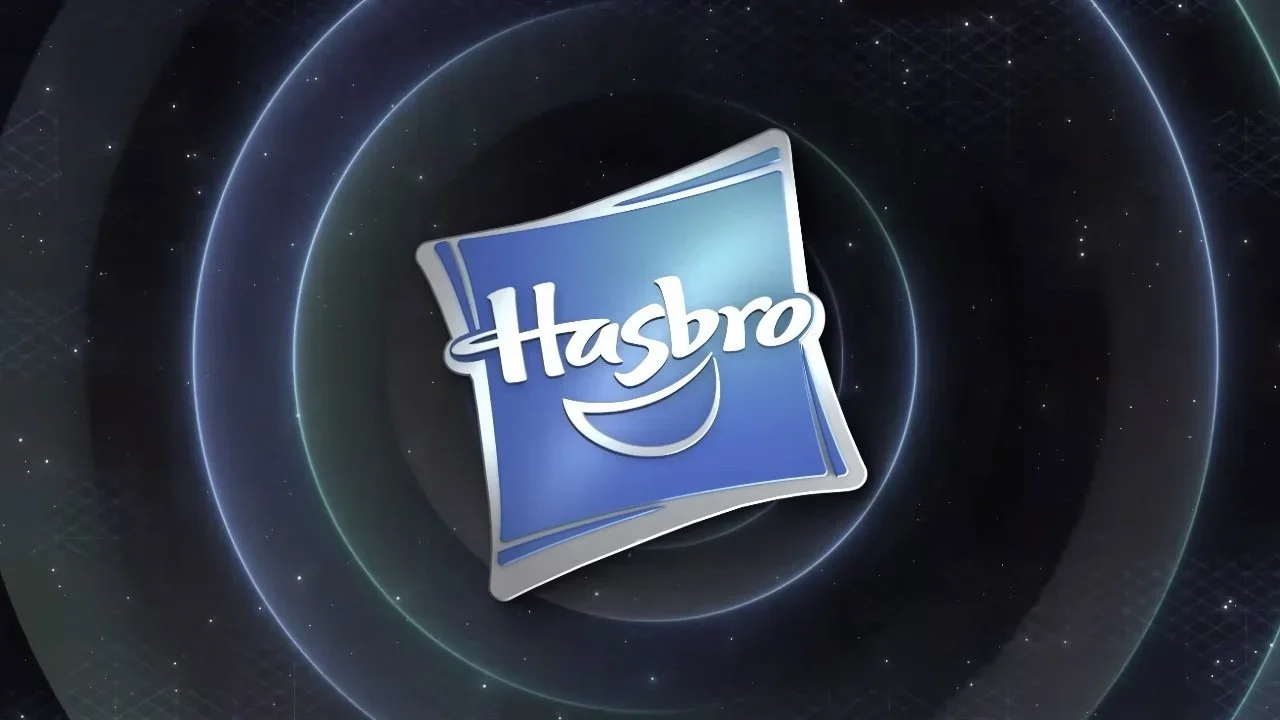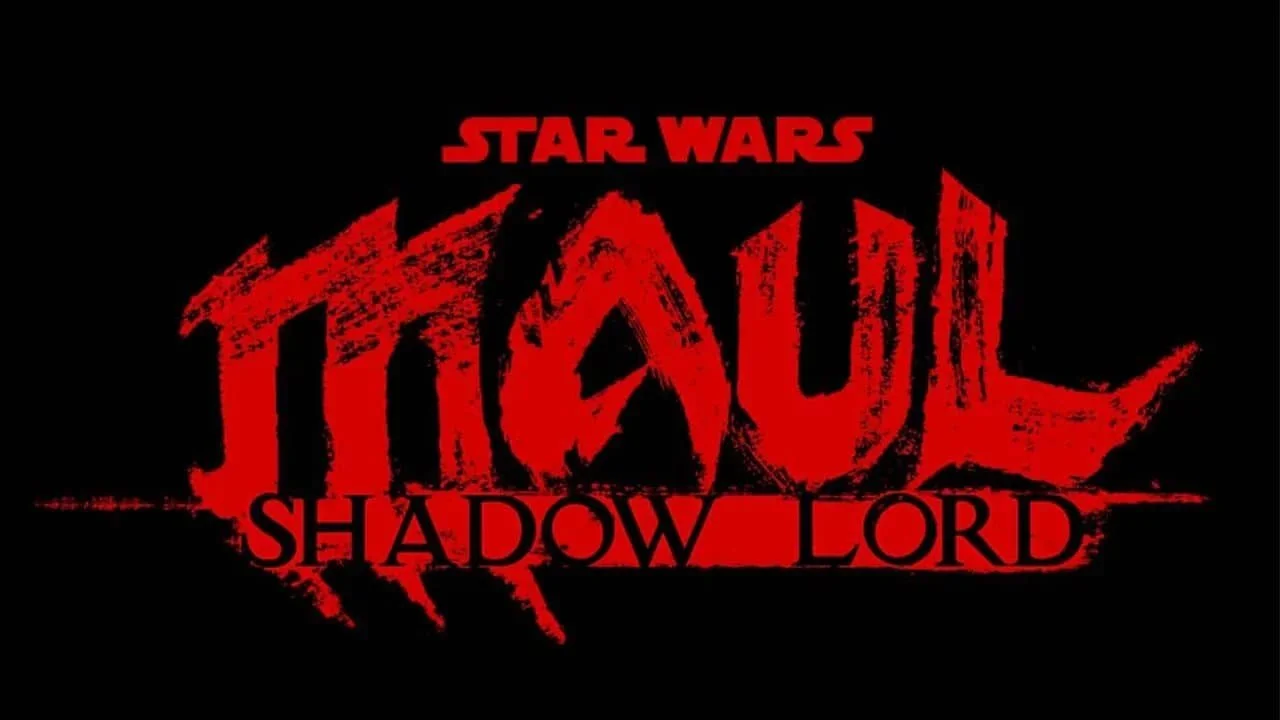How ‘The Last Of Us’ Looks To Someone Who Has Not Played The Game
Image Source: HBO Max
I am one of the rare ones who have not played The Last of Us (yet). I only know the basic premise (thanks to Wikipedia). Joel has to escort Ellie, who seems to hold the cure to a mind-controlling fungal infection, to a safe house while trying to survive zombies and hostile people along the way. It comes as no surprise that the highly acclaimed game known for its deep emotional story will get its own live-action television adaptation. However, we have been burned by highly-anticipated adaptations that fell flat.
The series premiere does an excellent job of introducing you to the world of The Last of Us. There is no forced, unnatural info-dumping, which many adaptations are prone to do. As you slowly become immersed in what is happening and familiarity fades away, you pick up on what is happening in this alternate version of our world.
RELATED:
The series opens with scientists in 1968 discussing the next pandemic. One of the scientists explains that it will not be a virus that will cause the next world-ending pandemic. It will be fungi. This hits close to home since we are still dealing with the COVID-19 pandemic. The scientific explanation makes this worldwide zombie apocalypse seems all too probable.
Fast forward to 2003. The little details in this sequence show how much effort the production puts into the series. Everything screams early 2000s nostalgia: the old $20 bills, the Nokia cellphone, the Atkins diet, and the picture of George W. Bush above the chalkboard. Everything seems good and well in Austin, Texas, until the fighters fly overhead. It has only been a little over two years since 9/11, and we remember why the fighters were scrambling then. Something is brewing. The 9/11 influence is evident as chaos breaks out when Joel’s daughter asks, “Is it from terrorists?”
Twenty years later, the world has evolved to live with the pandemic. Survivors live in Quarantine Zones (QZ). There is a detector that quickly determines whether you are infected (which we now know is called cordyceps). Protocols have been developed by the government on what to do in case of infection. The informational posters on the wall explain how fast infection spreads based on where you were bitten. You can earn ration cards by doing jobs around the QZ. Inevitably, people have developed their own bartering system where things are smuggled and exchanged. With the existence of a military dictatorship comes an underground group working to bring it down.
As expected of a high-budget HBO show, the cinematography is excellent. The car escape scene during the 2003 sequence plays into the chaos. The uncertainty. What would you do if something like this happened? Do you stop to help? Can you trust authorities? Twenty years later, a small boy walks alone through the forest (that used to be a park), which opens up to the wide shot of the QZ’s high walls surrounded by ruins.
Image Source: HBO Max
The superb acting by Pedro Pascal and Bella Ramsey gives us a glimpse at what we can expect in the rest of the series. You can feel Joel’s pain through the screen. The precocious Ellie sassing her captors shows what the character of Lyanna Mormont could have been. You know the two will be able to deliver the emotional depth the game is known for.
Image Source: HBO Max
The premiere ends with a wide shot of what remains of post-apocalyptic Boston as “Never Let Me Down Again” plays. As we have learned earlier in the episode, an 80s song means trouble. Do I want to see the next episode? Yes, I do.
Thus far, The Last of Us promises to bring more high-octane action, harrowing escapes from zombies and authorities, and cinematic sequences with raw emotions delivered by talented actors. The little details I have noticed show how much care is put into this production. It is looking to be an adaptation that meets everyone’s expectations.
New episodes of The Last of Us drop on Sundays at 6 PM PST on HBO Max (yes, this is the same time slot as House of the Dragon).
READ NEXT:
Source(s): HBO Max















